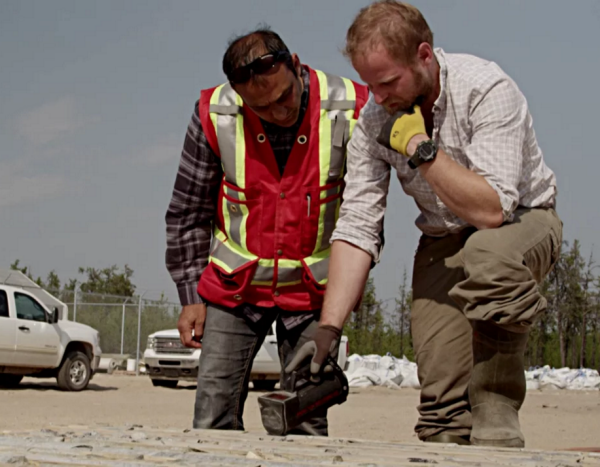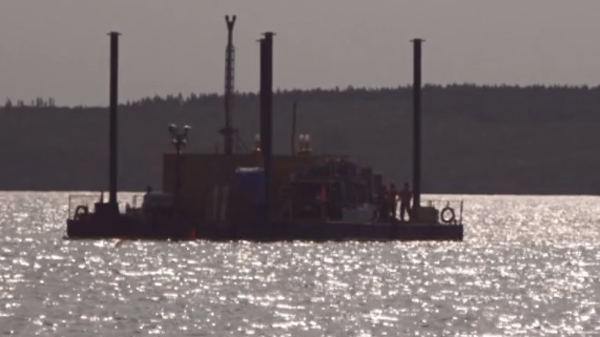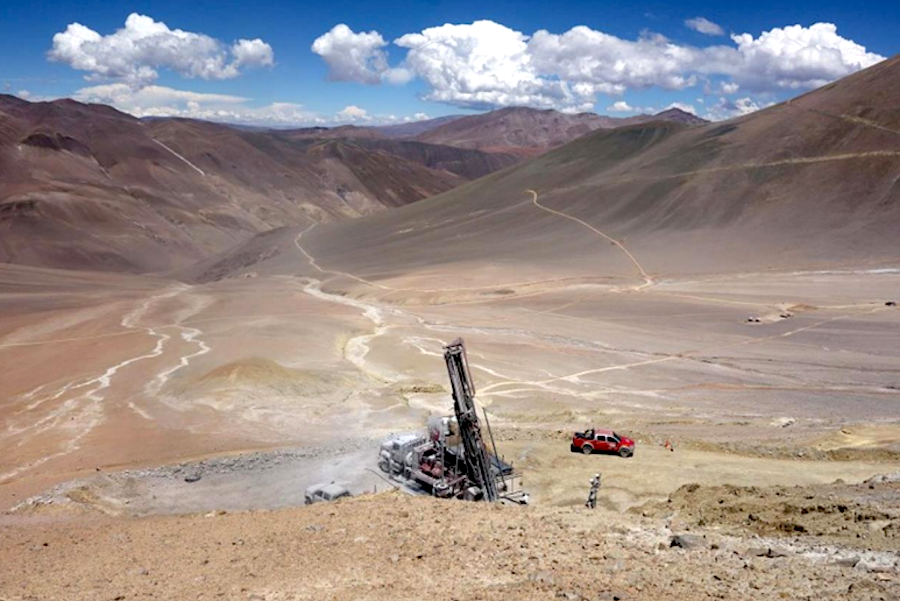Fission and Denison will be fine, analyst
After October’s failed business combination of Fission Uranium (CVE:FCU) and Denison Mines (TSE:DML), an analyst for Raymond James maintains that the future for both companies is still good.
In an interview with MINING.com in October, David Sadowski explained why he likes the exploration program at Fission Uranium. He also sees a bright future for uranium.
“Supply and demand fundamentals are very compelling,” says Sadowski.
“There are dozens of nuclear power plants that are being built around the world at this moment. It is the fastest pace of growth in the past 30 years led by China. We really haven’t seen this growth since the mid-80s. ”
MINING.com: It looks like Fission Uranium and Denison Uranium are not going to be doing a combination. What is the outlook for the companies going forward?
David Sadowski: I think the outlook for both companies is strong. On the one hand Fission, they have $10 million in cash [editor’s note: cash on hand is corrected from figure cited in video]. They will be pushing forward with exploration and development of Patterson Lake South over the next 6-12 months, continuing exploration drilling in January. That’s the main focus of Fission going foward. On the Denison side, they will be looking at releasing a maiden resource at the Gryphon Zone, which is part of the Wheeler River property in the next month or two, and then pushing forward with a PEA on the Wheeler River property in 2016.

Workers at Fission Energy. Image from Fission Energy.
MINING.com: Can you talk a little bit more about Fission’s exploration program and why it is a good direction for them?
David Sadowski: Well Fission has got a phenomenal property, Patterson Lake South, which holds the Triple R deposit, 105 million pounds of uranium. We think there is a lot more left to find on that property. There are several hot zones, very compelling geophysics and alteration in drill core that we have seen. Out to the western part of the property—west of the Triple R deposit—there is a zone called R600 West, which has had several drill holes that look very interesting. There is probably 15-20 million pounds there already. It looks like it will continue to grow based upon the structure and alteration we have seen. Beyond that regionally, there are several areas of interest to the north on a parallel conductor called the one PLS conductor, and then to the south, to the forest lake area. A lot of really attractive geophysics and electromagnetics.
MINING.com: Why is the area an attractive area for uranium exploration?
David Sadowski: Well, the southwest Athabasca Basin is a very compelling. It straddles the edge of the basin. That is where Patterson Lake South is. So Fission has already discovered 105 million lbs. That is what they have delineated. And just up the road there is another 100 million lbs at Shea Creek. So it is an area that is known to host a lot of high grade uranium. Why is it interesting going forward? Well, there are a lot of indications in the geophysics, in the structure, in the radon, that suggest there is a lot more uranium to find on that property.
MINING.com: Obviously there is infrastructure around it as well.
David Sadowski: There is a road passing through the property, a highway that was built for the old Areva Cluff Lake Mine. Power is somewhat nearby. They would have to patch in to power to that property, but it is connected by an old weather road. That is key.

Drill rig at Fission Uranium property. Image from Fission Uranium.
MINING.com: What is the outlook for uranium?
David Sadowski: Uranium is in a trouble spot at the moment, $38 lb in the spot market. Historically that would be considered a low price. But going forward we think the future is bright, especially in the long term. Supply and demand fundamentals are very compelling. We’ve got growth we haven’t seen since the mid-80s led by China without the commensurate growth in the supply side. So just in a few years from now—four to five years from now—we expect a shortfall to emerge in this space and leading up to that we expect prices to go higher.
MINING.com: What is the state of nuclear power plant build outs and how important are they to driving uranium demand?
David Sadowski: There are dozens of nuclear power plants that are being built around the world at this moment. It is the fastest pace of growth in the past 30 years led by China. We really haven’t seen this growth since the mid-80s. The outlook on the demand side is very strong. We also have the Japanese fleet coming back online. We have just had the second reactor start there so that is critical as well.
{{ commodity.name }}
{{ post.title }}
{{ post.date }}

Comments